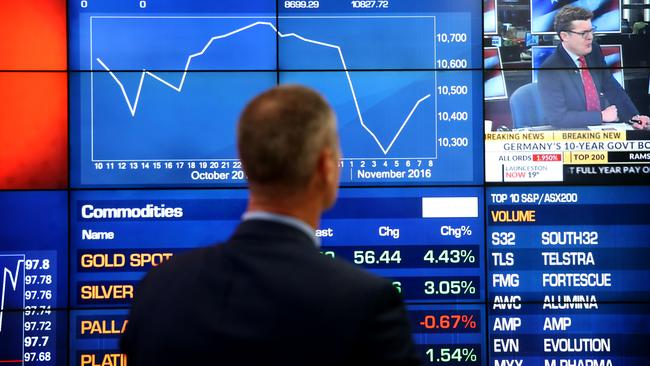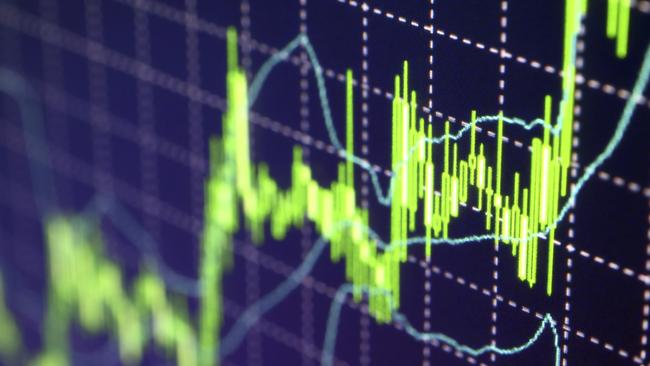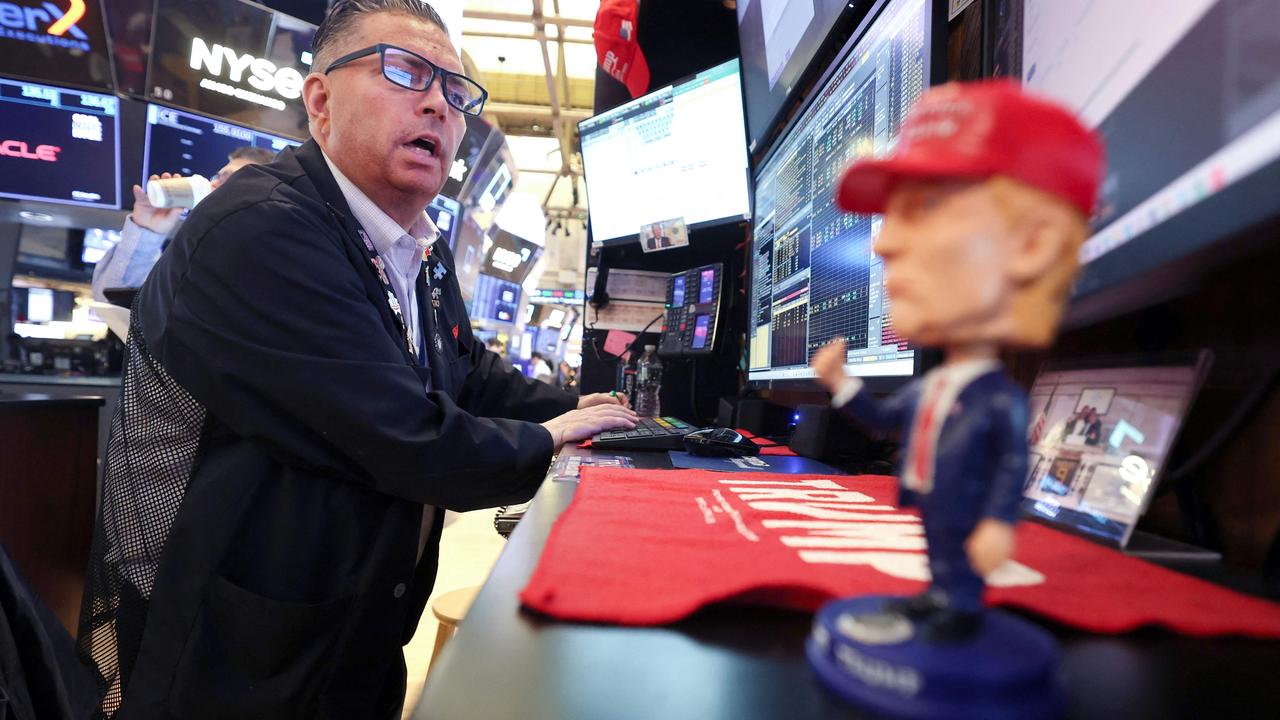As market closes in to 6000 points there is nothing to fear
We’ve been to these levels before and there was a pullback — but this time investors shouldn’t fear the 6000-point mark.

It’s a round number that marked the top in 2015 before a savage pullback, but investors shouldn’t fear the 6000-point mark.
The broader All Ordinaries index breached the key level yesterday, touching a post-global financial crisis high of 6019.3. It later closed up 29.1 points, or 0.5 per cent, at 6005.5 points.
Meanwhile, the S&P/ASX 200 — the benchmark index that has been tracked by professional investors for nearly two decades — was not too far behind.
The S&P/ASX 200 on Wednesday had its best one-day gain in the past two weeks to close at a six-month high of 5937.8, after surging 0.5 per cent.
Although it got very close in early 2015, it has not been past the 6000-point mark since the GFC crippled the financial system in 2008.
The latest gain in the Australian market follows a string of global markets from Wall Street to Tokyo hitting record highs in recent weeks.
The local bourse received an added boost from surging base metal prices amid growing excitement about the potential demand for electric cars, after bullish usage forecasts from Glencore and Trafigura.
“US earnings continue to be pretty good so I think that’s supportive more broadly for the market,” said Karen Jorritsma of Citibank. “And then we’re seeing movement in Australia off the back of annual general meeting comments as they come out.”
Ex-dividend falls in three of the four major banks could check the market’s advance for purely technical reasons this month, but the market isn’t too expensive for further gains.
Naturally, there have been predictions of resistance near 6000 points due to a patchy domestic economy, regulatory pressure on banks, a cooling housing market and forecasts of weaker bulk commodity prices that could hit the major mining companies.

But at about 16 times the consensus earnings per share estimate for the year ahead, the S&P/ASX 200 is still about 5 per cent below the highs of 16.8 times it reached in 2015 and 2016.
For the index to reach a similar valuation now, it would need to be trading around 6250 points.
However, the most important factor is the upward momentum in earnings forecasts. The consensus EPS estimate for the year ahead has risen about 2.5 per cent in the past two months.
And while central banks will reduce their monetary stimulus as economic growth picks up, interest rates are expected to rise very slowly and to lower levels than their long-term averages, amid structural headwinds on inflation and relatively high levels of debt.

UBS economists yesterday warned that Australia’s world-record housing boom is “officially” over after a 6556 per cent price growth in the past 55 years.
A lagged response to macroprudential tightening and “out-of-cycle” mortgage rate increases has caused a “persistent and sharp slowdown” in house price growth, according to UBS economist George Tharenou.
He expects house price growth to slow from a 10 per cent year-on-year pace earlier this year, to 7 per cent by the end of 2017 and no more than 3 per cent in 2018.
A tightening of financial conditions due to a sharp slowdown in investor housing credit growth is expected to weigh on consumption growth due to a fading “household wealth effect”.
The good news for corporate Australia is that this is expected to keep the Reserve Bank on hold until late 2018. And the “real” side of housing activity remains more resilient than UBS expected, with dwelling commencements remaining strong due to population and short-term arrivals.
Overall, with economic data pointing to stronger growth in the global economy and central banks appearing wary of policy mistakes, 2018 could be another good year for shares.
Of course, there will be ongoing concern that this could be “as good as it gets”.
IG chief market strategist Chris Weston says the US ISM Manufacturing index normally peaks around 60 points, versus 61 points now, and that US manufacturing is a bellwether for the S&P 500. He also notes that the S&P 500 normally falls at least 2 per cent within 30 days of periods when its 14-day RSI (relative strength index) has been above 70 for at least 13 days straight, as it is now.
Furthermore, he warns that client cash allocations are at record lows and asset managers and hedge funds’ internal value at risk is so low that it has fuelled further risk-taking.
“There is limited cash on the sidelines and it seems unlikely we get rotation from fixed income into equities,” Weston says. “Any spike in implied volatility could cause a strong drawdown.”




To join the conversation, please log in. Don't have an account? Register
Join the conversation, you are commenting as Logout